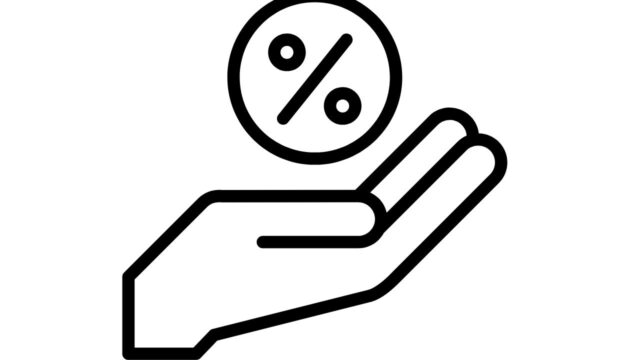
What is a junior mortgage and how does it work
A junior mortgage is a loan that is secured by the property, but which has a lower priority than the primary mortgage. In the event that the borrower defaults on the loan, the junior mortgage will only be repaid after the primary mortgage has been satisfied. Junior mortgages are often used to finance home improvements, and they may have a higher interest rate than the primary mortgage. borrowers should be aware that in the event of a foreclosure, the junior mortgage may be wiped out entirely. As a result, it is important to carefully consider the risks and benefits of taking out a junior mortgage before signing on the dotted line.
The benefits of a junior mortgage
A junior mortgage is a loan that is subordinate to another loan. In other words, if the borrower defaults on the loan, the lender of the junior mortgage will only receive payment after the lender of the senior mortgage has been paid in full. Junior mortgages are often used to purchase properties that are already encumbered by a senior mortgage. Benefits of junior mortgages include lower interest rates and smaller down payments. In addition, junior mortgages can be used to consolidate multiple debts into one monthly payment. However, borrowers should be aware that defaulting on a junior mortgage can result in the loss of their home. As such, these loans should only be used by borrowers who are confident in their ability to make timely payments.
How to qualify for a junior mortgage
There are a few things you’ll need to do in order to qualify for a junior mortgage. Lenders will first want to see that you have a steady income and good employment history. They’ll also want to pull your credit score to get an idea of your financial history. In general, you’ll need a credit score of at least 620 in order to qualify for a junior mortgage. Once you’ve met these basic requirements, you’ll then need to fill out a mortgage application and provide documentation of your income and assets. Once your application has been approved, you’ll be on your way to becoming a homeowner!
The different types of junior mortgages available
There are many different types of junior mortgages available, each with its own set of benefits and drawbacks. One popular option is an adjustable-rate mortgage, which offers lower interest rates initially but can increase over time. Another common choice is a fixed-rate mortgage, which provides stability but may have a higher interest rate. Other options include Interest-only mortgages and balloon mortgages. Each type of mortgage has its own advantages and disadvantages, so it’s important to compare your options carefully before making a decision. Ultimately, the best junior mortgage for you will depend on your unique financial situation and needs.
How to get the best interest rate on your junior mortgage
When you’re shopping for a junior mortgage, it’s important to compare interest rates from multiple lenders. The interest rate you’re offered will depend on factors like your credit score, employment history, and the amount of equity you have in your home. In general, borrowers with better credit scores and stronger employment histories will be offered lower interest rates. If you’re not sure what interest rate you qualify for, it’s a good idea to shop around and compare rates from multiple lenders before choosing a loan. You can also talk to a mortgage broker who can help you compare rates and find the best loan for your needs. By taking the time to shop around and compare rates, you can ensure that you get the best possible interest rate on your junior mortgage.
What to do if you run into trouble with your junior mortgage
If you have a junior mortgage and are having trouble making your payments, there are a few options available to you. First, you may be able to negotiate with your lender to develop a new payment plan that is more affordable for you. This could involve extending the term of your loan, lowering your interest rate, or temporarily suspending payments. Second, you may be eligible for a government-sponsored loan modification program.
These programs are designed to help homeowners who are struggling to keep up with their mortgage payments. Third, you may be able to sell your home for less than what is owed on your mortgage. This is known as a short sale, and it can be an effective way to avoid foreclosure. Whatever option you choose, it is important to act quickly and seek assistance from a qualified professional. By taking action early, you can improve your chances of avoiding foreclosure and preserving your credit score.
Are there any alternatives to a junior mortgage?
If you’re struggling to come up with the down payment for a home, you may be considering a junior mortgage. A junior mortgage is a loan that is second in line to be paid back, after the primary mortgage. If you default on your payments, the lender can foreclose on your home and sell it to recoup their losses. However, there are a few alternatives to junior mortgages that may be worth considering.
One option is to get a piggyback loan, which consists of two loans: a primary mortgage and a second loan for a smaller amount. This can help you avoid paying private mortgage insurance (PMI). Another option is to take out a home equity line of credit (HELOC). This type of loan allows you to borrow against the equity in your home, and you only have to pay interest on the amount that you borrow. There are a few risks to consider with both of these options, but they may be worth exploring if you’re looking for alternatives to a junior mortgage.


































